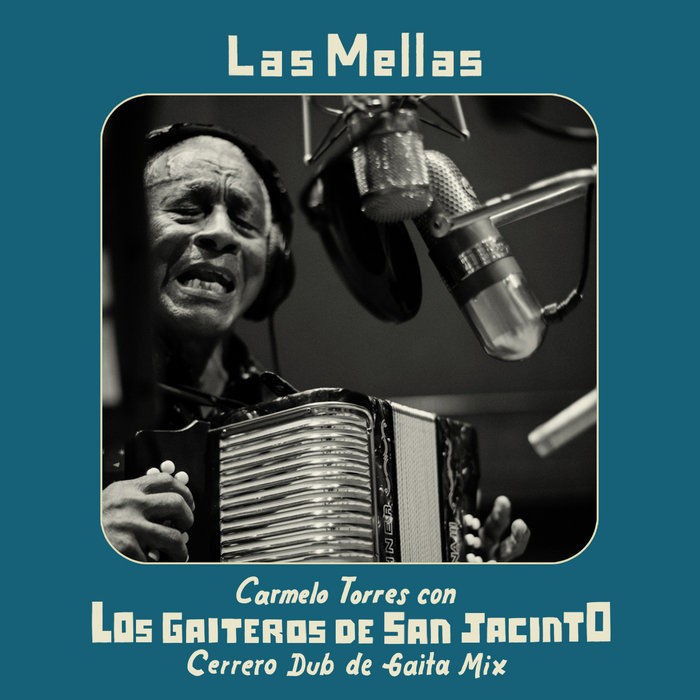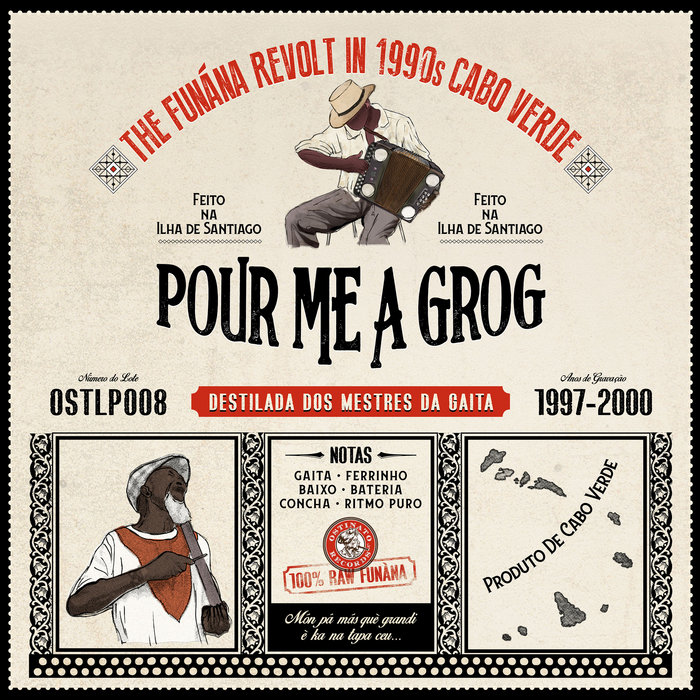
Las Mellas (Cerrero dub mix) – Los Gaiteros de San Jacinto con Carmelo Torres
this blog is GROOVY – check out great Soul, Funk, Jazz, Hip Hop, Bass, Breaks , Reggae, House n many more TUNES
Alright, folks, let’s dive into the funky world of Gaita! This lively and upbeat music genre hails from the vibrant coasts of Colombia, especially in regions like Sucre and Córdoba. At its core, gaita is all about rhythm, tradition, and a little bit of good old-fashioned fun. This sound is typically associated with festivals and celebrations—so you know it’s got that party vibe!
So where did this groovy sound come from? Gaita has its roots deeply planted in Afro-Colombian culture. It emerged from a mix of African musical traditions brought over by enslaved people combined with indigenous sounds. The result? A delightful blend that dances right off your lips.
The main instruments used in gaita include:
The combination creates an energetic atmosphere that can get anyone moving their feet.
While gaita started as music for the masses back in the day, it has evolved significantly through time. Originally played during local festivities such as puentes (town celebrations), it became part of the cultural identity for many Colombian communities.
In recent years, musicians have taken gaita beyond borders. Merging traditional elements with modern genres like jazz or rock gives listeners fresh takes on this classic sound—talk about taking things to another level!
Now let’s sprinkle some fun into our history lesson! Check out these quirky tidbits about gaita musicians:
The “Funky Flutist”: One famous flutist reportedly got so lost in his performance once he accidentally led his band into a nearby taco stand instead of the stage they were meant to go to! Talk about a tasty distraction!
Maraca Madness: There’s a story going around about a drummer who loved his maracas so much he decided to wear them during an important wedding performance—he ended up shaking them while trying to play conga! Let’s just say not every couple needed THAT kind of “special” moment captured on video!
Costume Confusion: Some artists take their fashion as seriously as their music; during one festival in Cartagena, two bands showed up wearing nearly identical outfits—a fierce battle ensued over who rocked them better until they finally just jammed together instead!
Beatboxing Brigade: In something you wouldn’t expect at all—a bunch of young guys performed using beatboxing techniques alongside traditional instruments at street corners; they created quite some buzz!! Who knew beatboxing had Colombian roots?
Social Media Stars: The rise of social media influencers has seen some gaiteros (gaita players) posting hilarious dance challenges while playing live—they even challenged each other which turned into viral content quick enough to make grandparents join TikTok outta sheer inspiration.
Fast forward to today — yes there are still lotsa parties filled with joyful sounds but also workshops dedicated specifically towards preserving this beautiful genre while inspiring fresh young talent worldwide! Artists now celebrate their unique mixes drawing upon jazz influences or even fusions involving international genres like reggae too – bridging cultures across continents seamlessly through collective love for mesmerizing rhythms.
And remember—the energy surrounding any gaita event isn’t just confined within notes played; it’s felt through interactions between performers/audience alike wherever gatherings arise (shoutouts happen often)!
To wrap things up: If you haven’t yet had your chance jamming along with Gaitas then clear your schedule pronto because trust me—it promises memories lasting long after festive nights fade away!
Welcome aboard onto this marvelous ride filled laughter stories remarkable rhythms flowing from Colombian hearts far across borders inviting everyone groove down together forevermore 🌎✨

Las Mellas (Cerrero dub mix) – Los Gaiteros de San Jacinto con Carmelo Torres

Pour Me A Grog: The Funaná Revolt in 1990s Cabo Verde – Various Artists